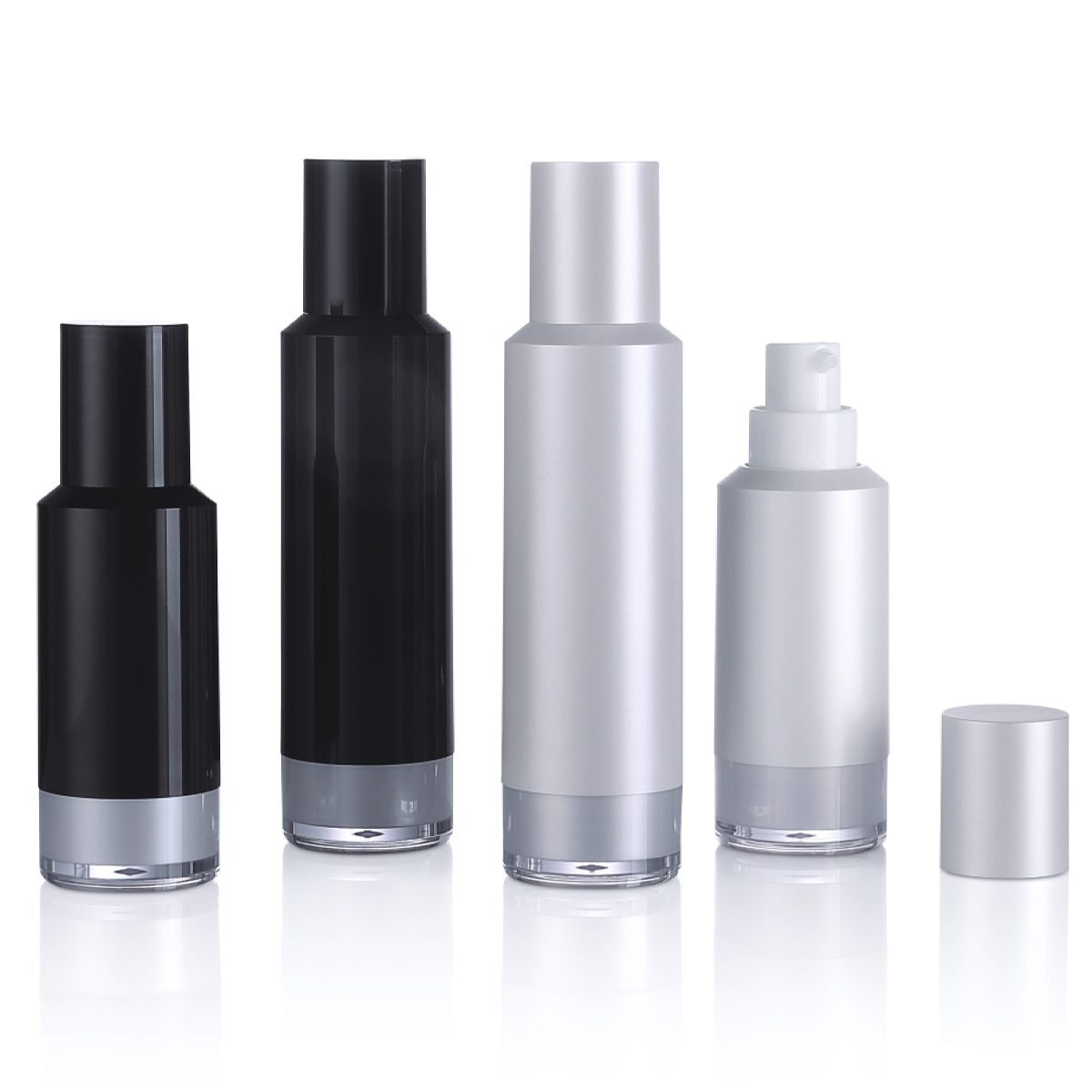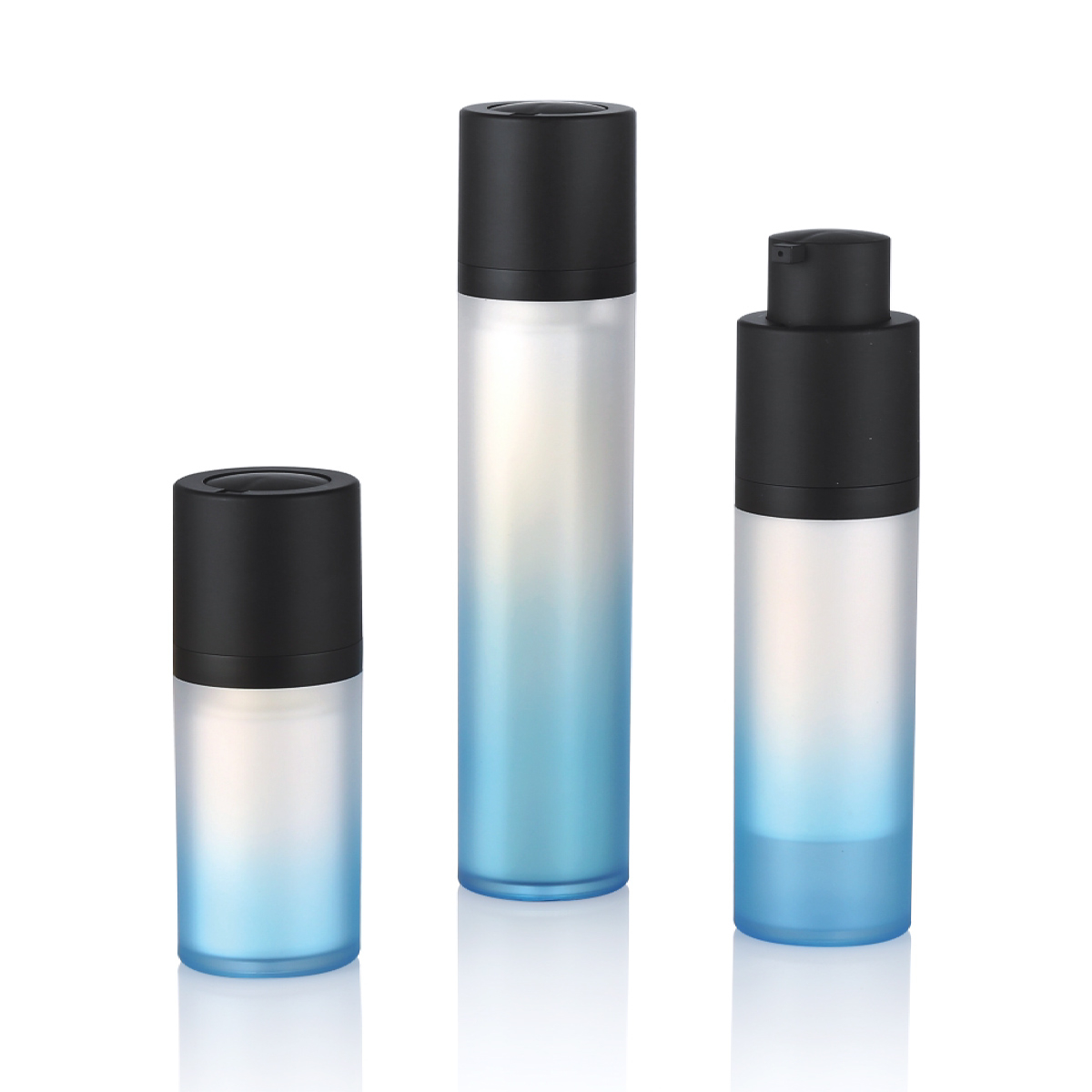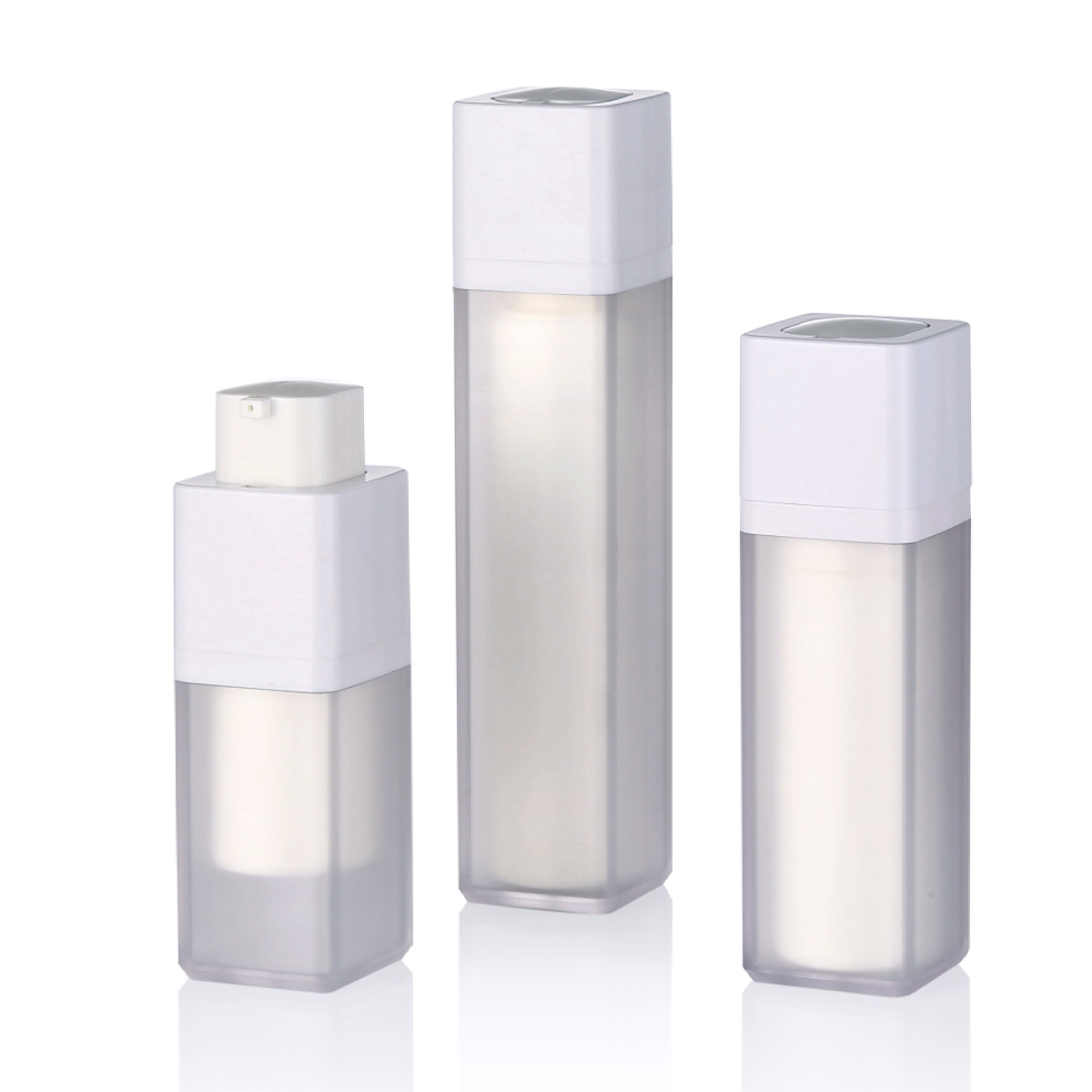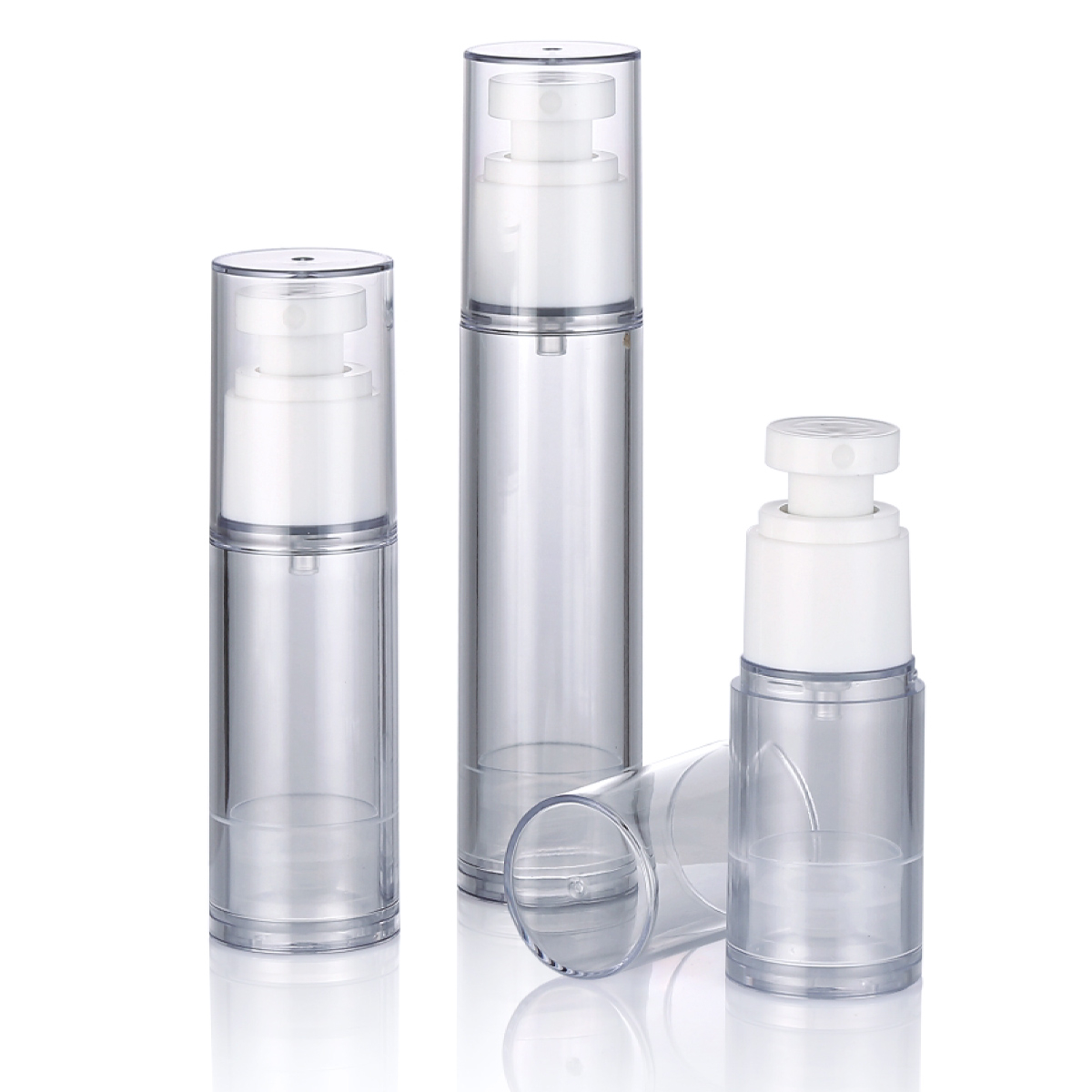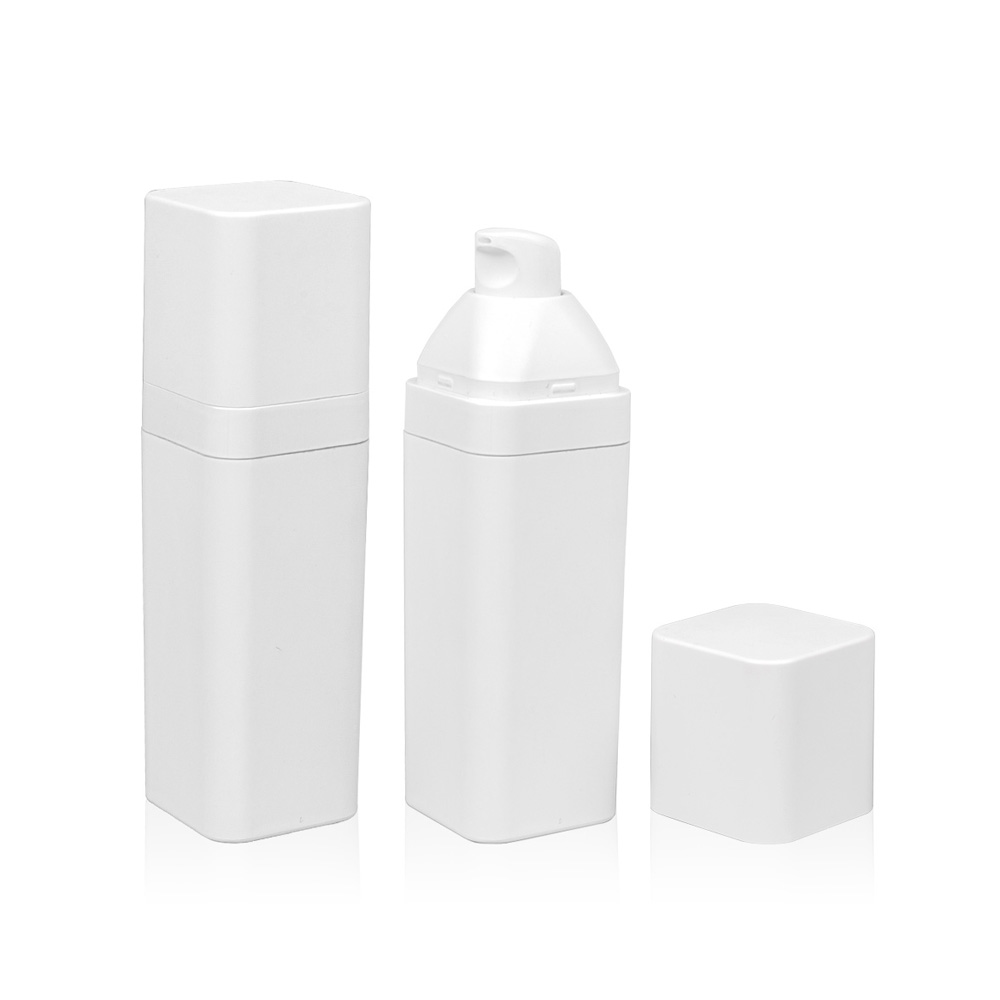The growing emphasis on sustainability in the cosmetics and personal care industry has led to increased scrutiny of packaging materials. A common question among brands and consumers is: Are Airless Bottle materials recyclable?
Material Composition of Airless Bottles
Airless Bottles are typically constructed from several materials, each serving a specific functional purpose. The outer body, which constitutes the largest portion of the package, is commonly made from plastics such as:
-
Polypropylene (PP)
-
Polyethylene (PET or HDPE)
-
Occasionally, glass or other polymers
The recyclability of an Airless Bottle depends largely on the material used for its primary structure. PP (Recycling Code 5) and PET (Recycling Code 1) are widely accepted in municipal recycling programs in many regions, though acceptance varies by locality.
The Recycling Process and Challenges
Recycling Airless Bottles involves specific challenges due to their multi-component design. A typical Airless Bottle consists of:
-
A main body (often plastic or glass)
-
A pump mechanism (usually containing plastic, metal springs, and other small parts)
-
A cover or cap (frequently made from a different plastic type)
For recycling purposes, the bottle must often be disassembled. The pump assembly, which may contain metal and mixed materials, is generally not recyclable through standard curbside programs and should be separated. The main container, if made from a mono-material like PP or PET, is more likely to be recyclable.
Design and Material Selection
To improve recyclability, some Airless Bottle manufacturers are adopting design-for-recycling principles. This includes:
-
Using mono-materials where possible
-
Minimizing the use of non-recyclable components
-
Designing for easy disassembly
It is important for brands and suppliers to specify material types clearly, often indicated by resin identification codes molded into the packaging.
The Role of Consumers and Brands
Consumers should:
-
Check local recycling guidelines to confirm which materials are accepted
-
Disassemble the Airless Bottle when possible, disposing of non-recyclable parts appropriately
-
Rinse containers to avoid contamination
Brands using Airless Bottles are encouraged to:
-
Provide clear recycling instructions on packaging
-
Choose recyclable material options where feasible
-
Participate in extended producer responsibility (EPR) programs where available
The recyclability of an Airless Bottle is highly dependent on its material composition and local recycling infrastructure. While many Airless Bottles made from PP, PET, or glass are technically recyclable, practical recyclability requires proper disposal and separation of components. Ongoing improvements in packaging design and recycling technology are expected to enhance the sustainability of Airless Bottle systems in the future.
Brands and consumers alike play critical roles in ensuring that these packaging systems are recycled effectively, supporting broader environmental goals within the industry.

 English
English 中文简体
中文简体 Español
Español عربى
عربى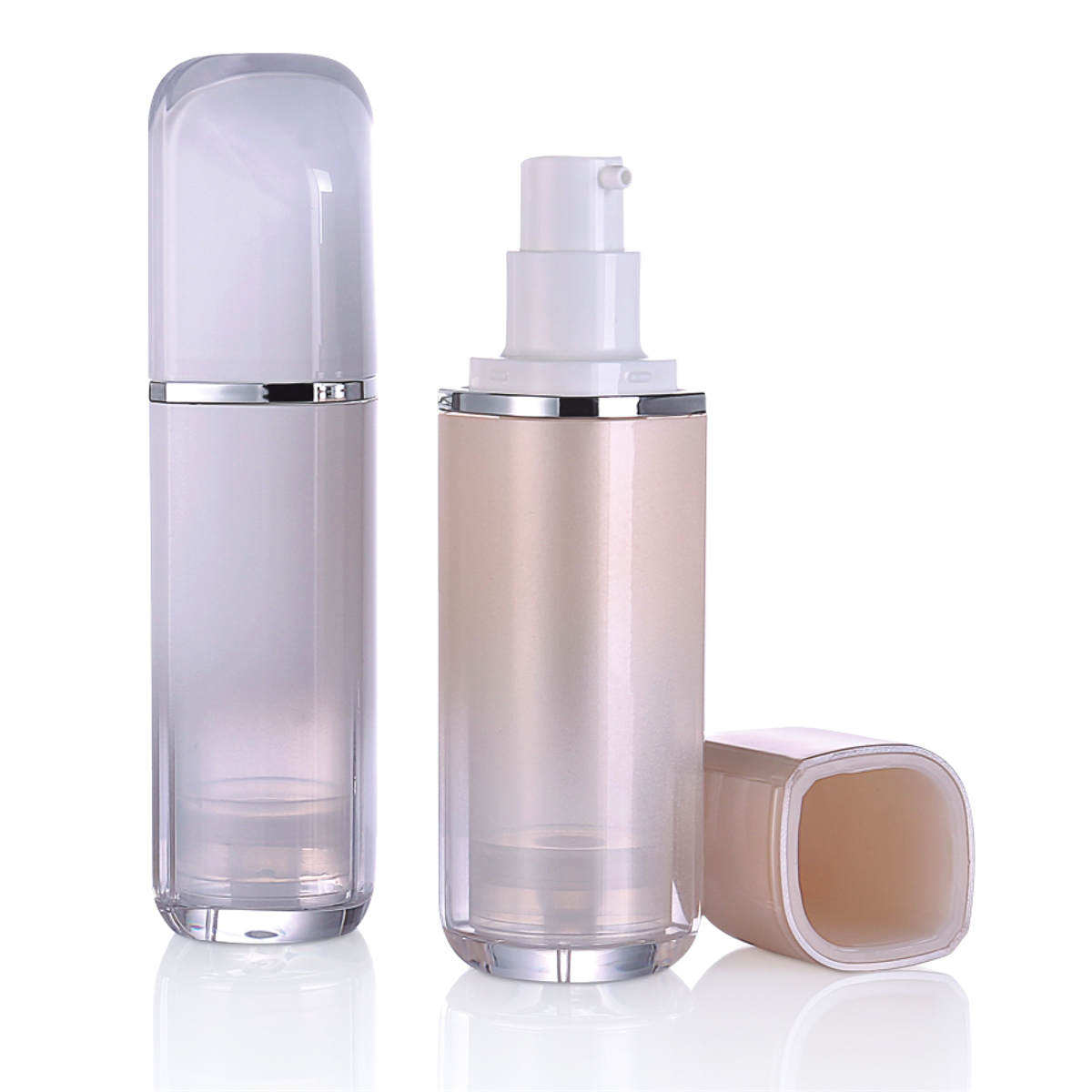
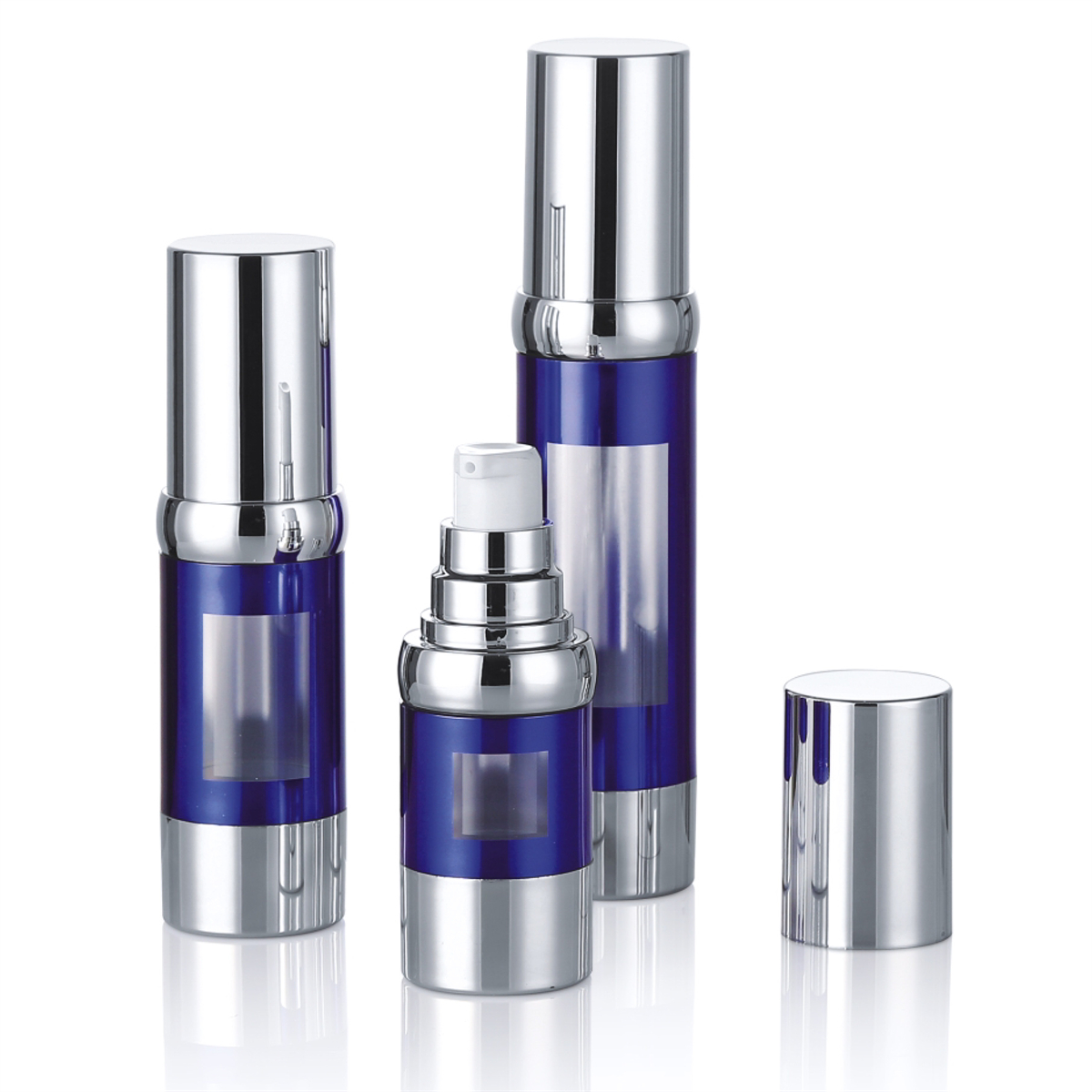
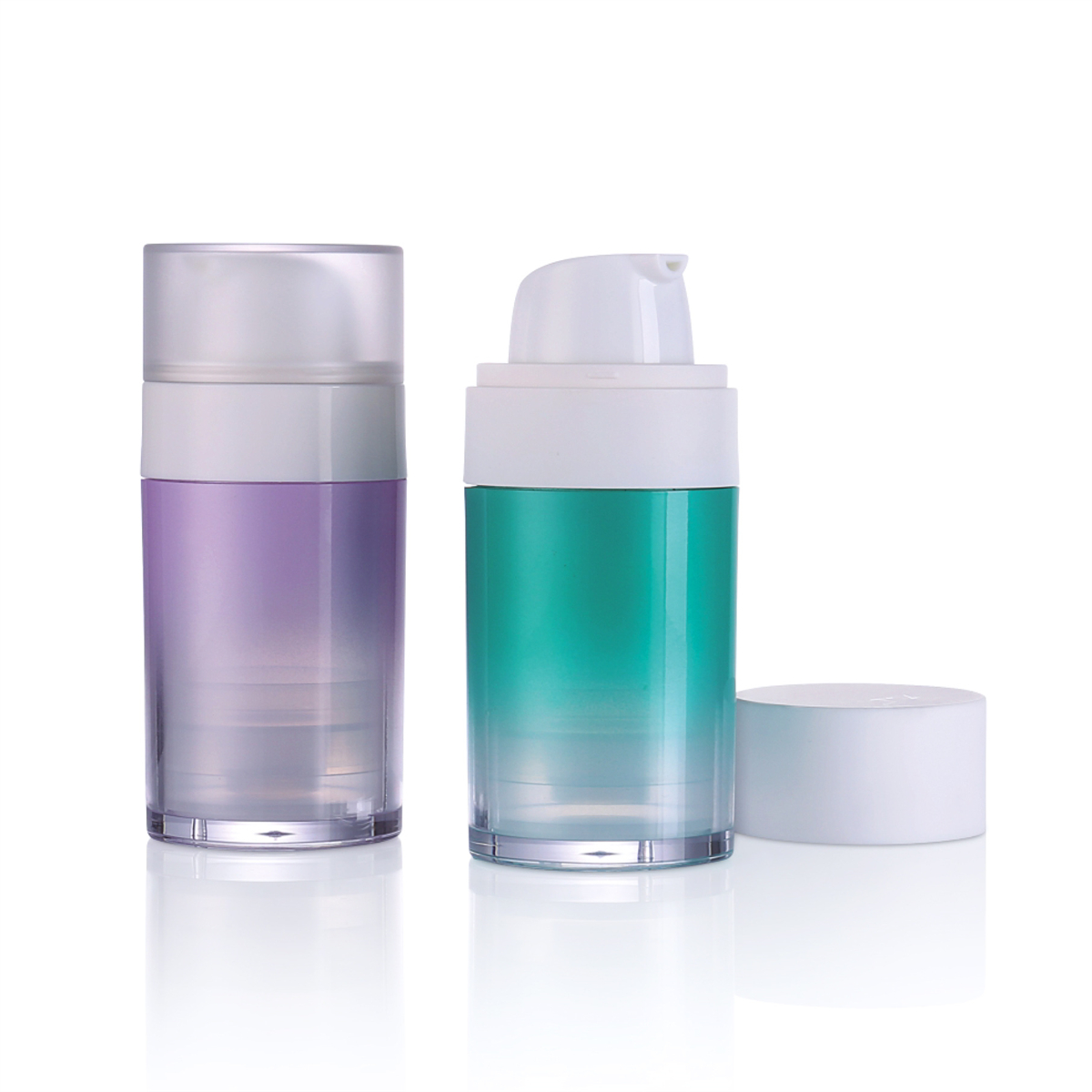
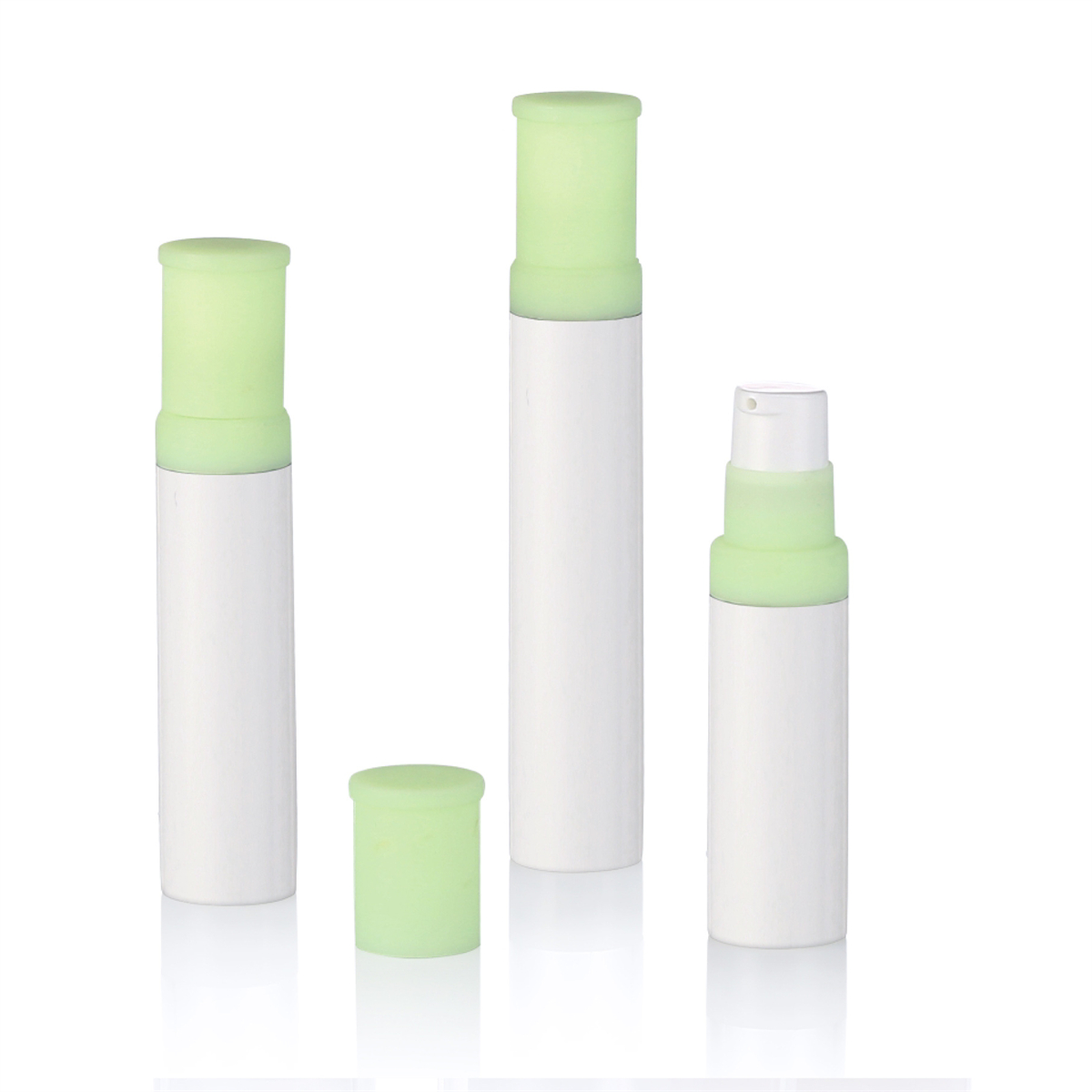
.jpg)
